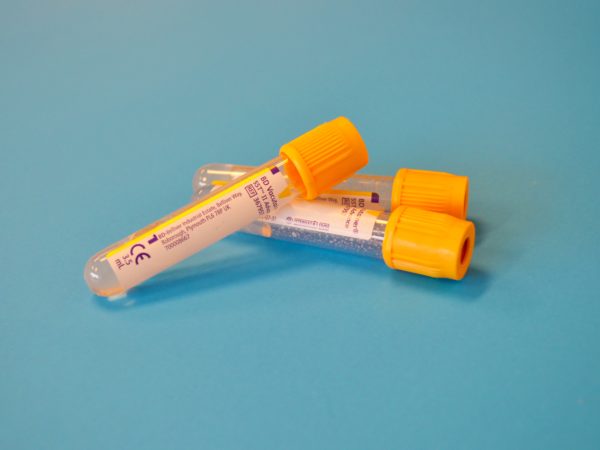Shoulder sprains and dislocations are the most common upper limb injury in the AFL, yet, until now, little has been known about the causes and best treatments.
Deakin University researchers have recently conducted the first study on the management of shoulder injuries requiring surgery among elite AFL players.
In comparison with other significant AFL injuries, such as Anterior Cruciate Ligament (ACL) injuries, little has been determined about shoulder injuries and their surgical management. Yet, shoulder instability injuries occur more frequently and result in only slightly less games missed per season than ACL injuries, according to the 2015 AFL Injury Report.
Shoulder instability injuries happen when the surrounding structures of the shoulder joint fail to maintain the ball within its socket, resulting in a subluxation or dislocation.
The study has found that in the AFL the majority of these injuries occur during tackling.
The researchers reviewed the surgical management of shoulder instability injuries in AFL players to determine outcomes regarding return to sport and injury recurrence.
The study was conducted by Dr Jason Bonacci from Deakin’s School of Exercise and Nutrition Sciences and Prof Richard Page from the Barwon Centre for Orthopaedic Research and Education. Dr Bonacci said the study revealed the management of these injuries in AFL players is mostly successful.
“In the AFL, players with these injuries are managed well, in comparison with other international sports,” said Dr Bonacci.
The research examined 72 elite AFL players with shoulder instability, who underwent surgical treatment between 2009 and 2013.
Surgical treatment for the injuries typically involves tightening of the soft tissue structures of the joint, followed by a lengthy period of rehabilitation to regain range of motion, strength and play-related function.
A high proportion of AFL players returned to their pre-injury sport level, with 90 per cent returning to AFL level and 92 per cent returning to some level of Australian football.
[testimonial_text]Nearly all of the players returned to AFL, so the surgical management is working and the recurrence rates are low. The recurrence rates in this study were lower than previous studies in other sports.[/testimonial_text]
[testimonial_picture name=”Dr Jason Bonacci” details=”Deakin School of Exercise and Nutrition Sciences”]
 [/testimonial_picture]
[/testimonial_picture]Despite the low overall recurrence rate, it was apparent that post-operative injury recurrence is more likely in players who are younger at the time of surgery. Dr Bonacci suggested careful consideration should be given to the operative management of these individuals.
“Younger players were found to be at higher risk of re-injury after surgery, so we need to consider the management, not only the surgical approach. It could be that perhaps they need a bit longer in the system, a bit more rehab and maybe don’t return to AFL level as quickly as more seasoned players,” said Dr Bonacci.
So what does this mean for the amateur or junior football athlete? Dr Bonacci suggests that if junior or amateur players experience a shoulder subluxation or dislocation they should seek professional medical help and advice as they are at an elevated risk of re-injury.
“For these players it is imperative they regain muscle strength and joint stability before returning to football as young age is a key risk factor for ongoing problems,” said Dr Bonacci.
Further research conducted by Deakin has suggested that there is no difference in player performance pre-surgery and post-surgery once injured players return to AFL level.
Published by Deakin Research on 5 September 2018



